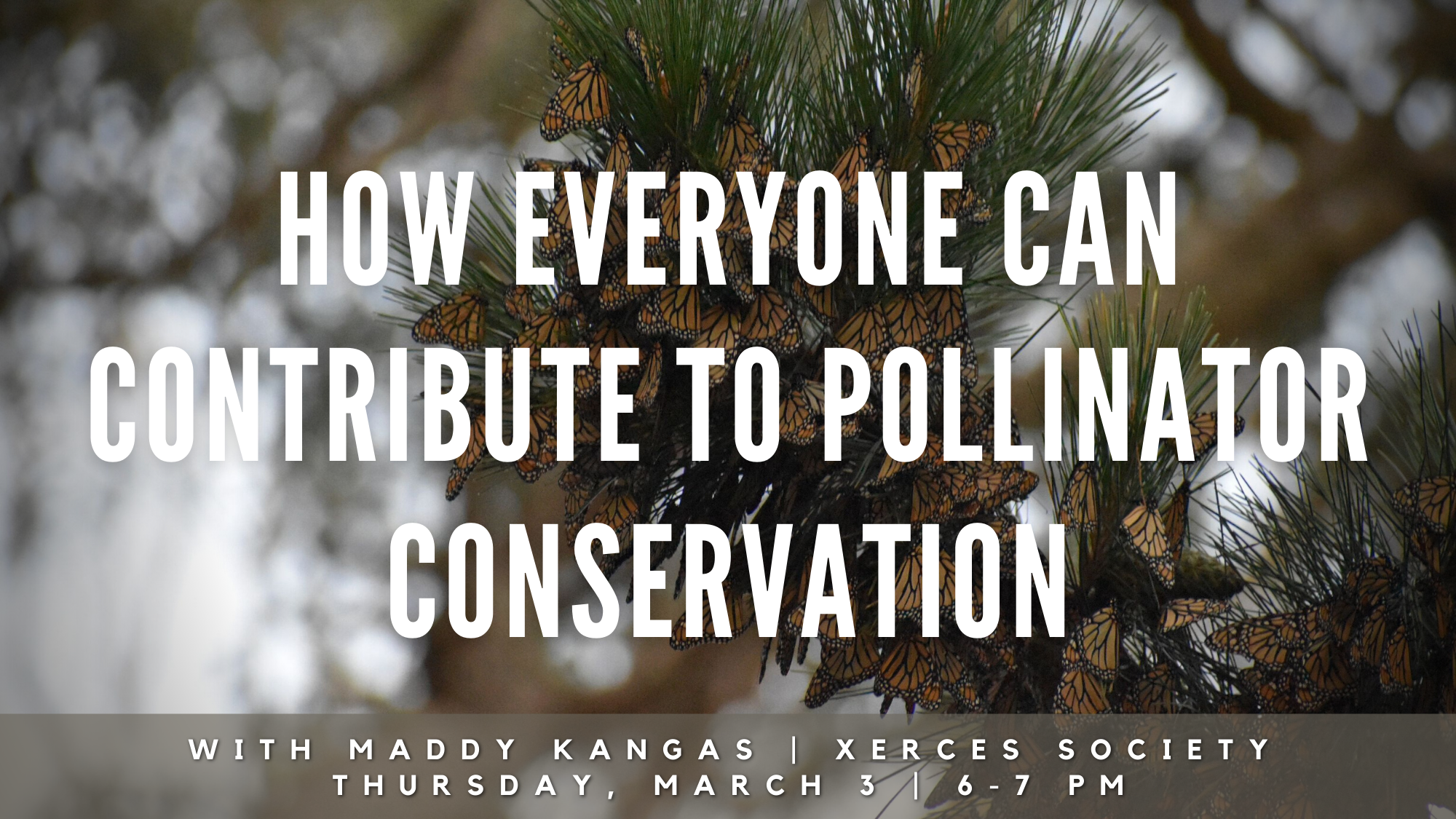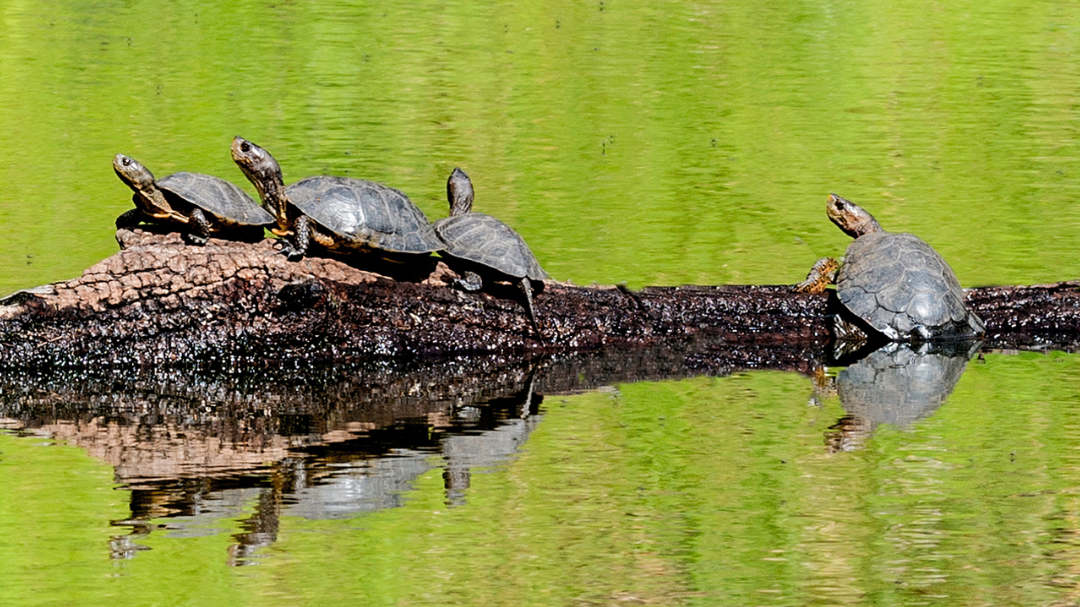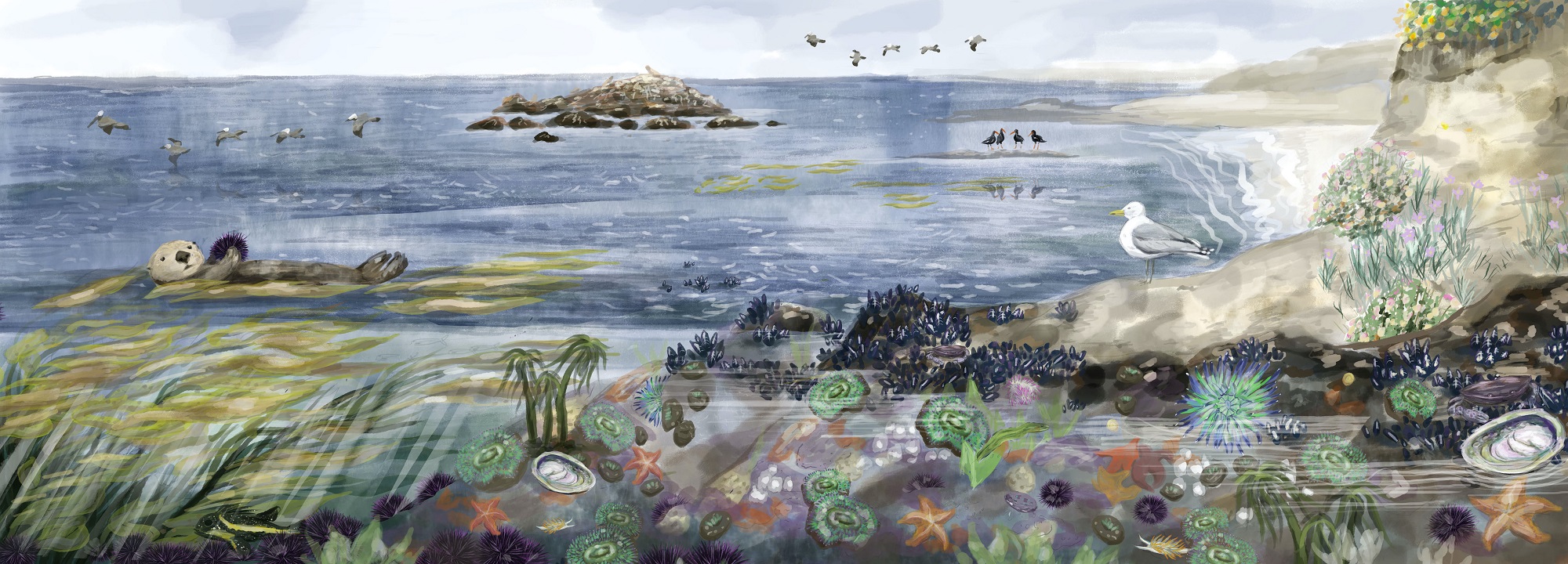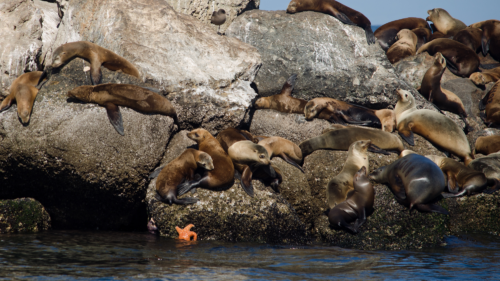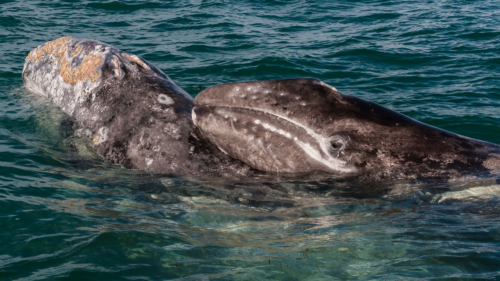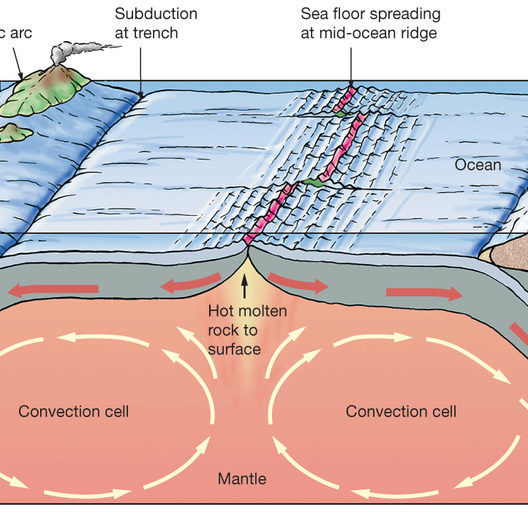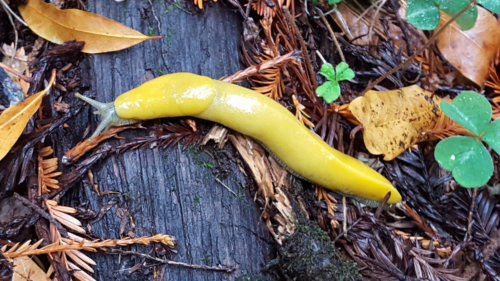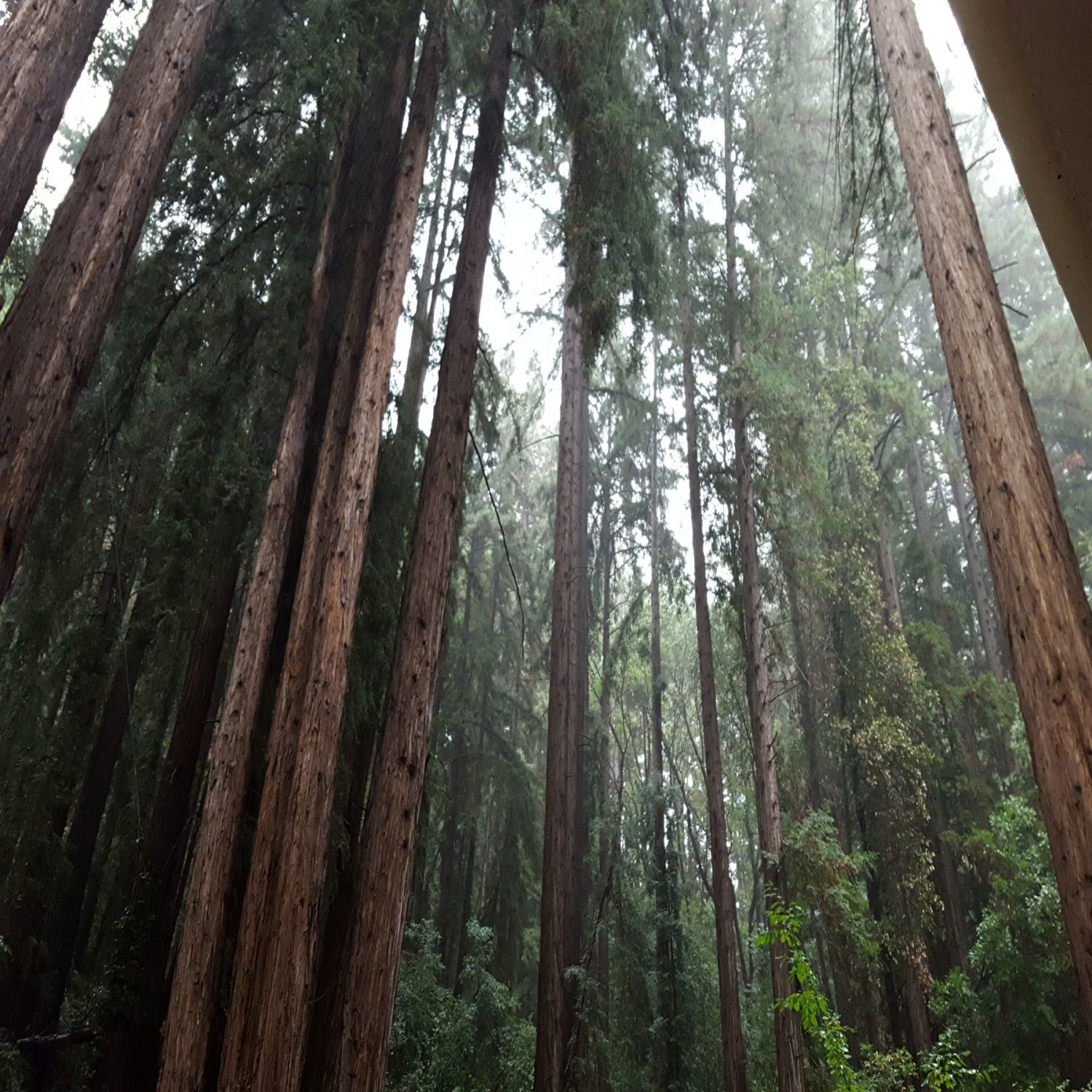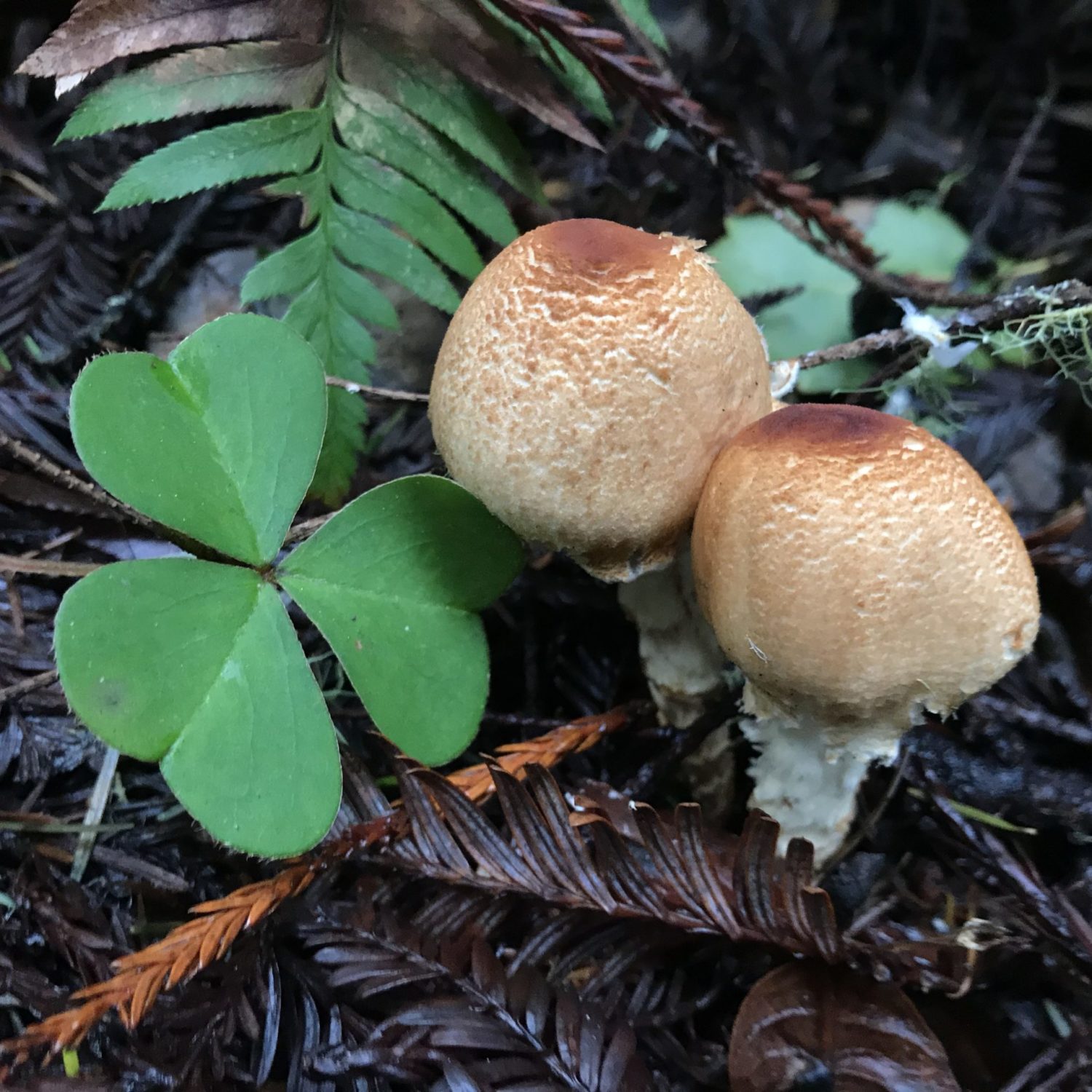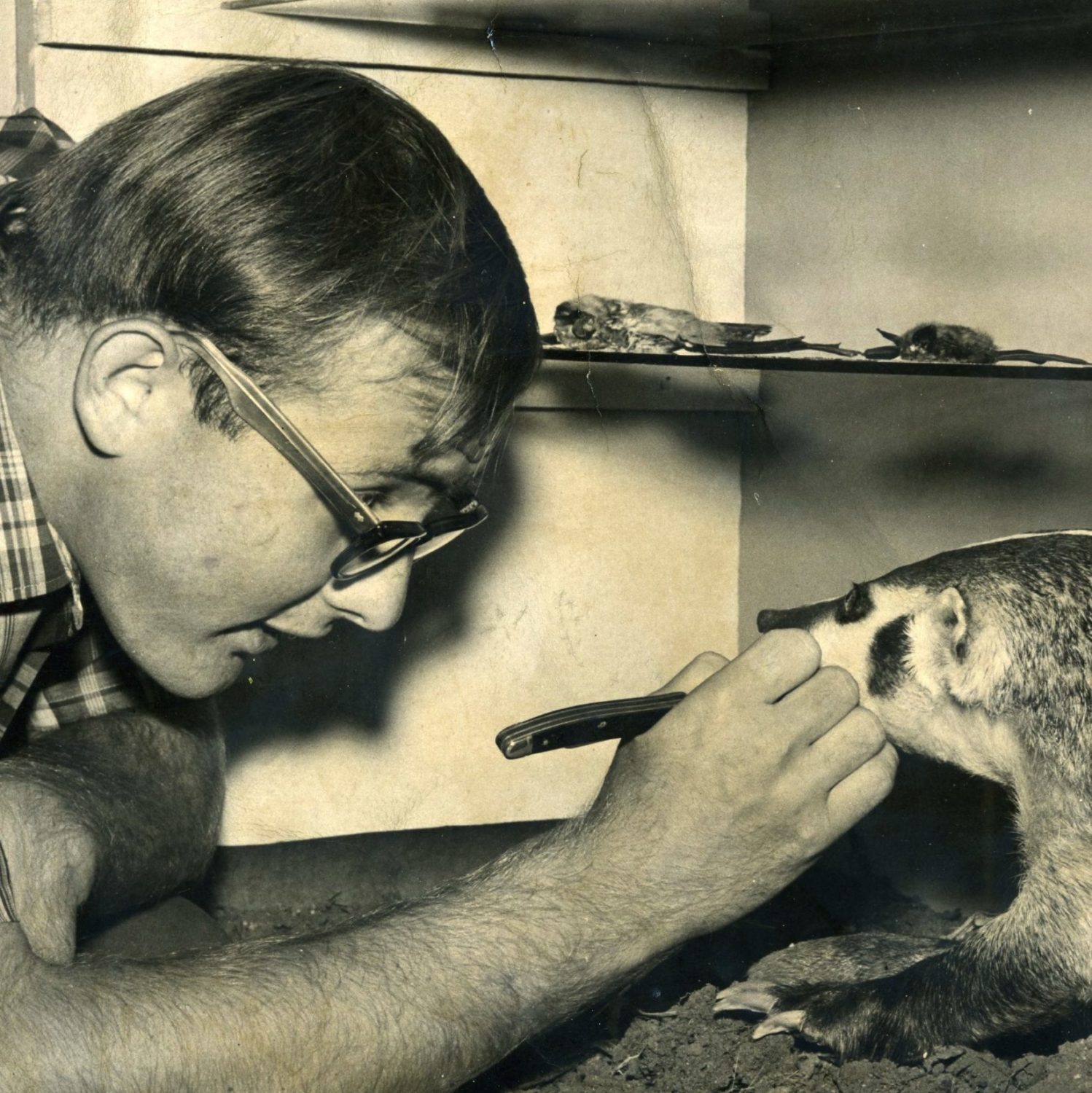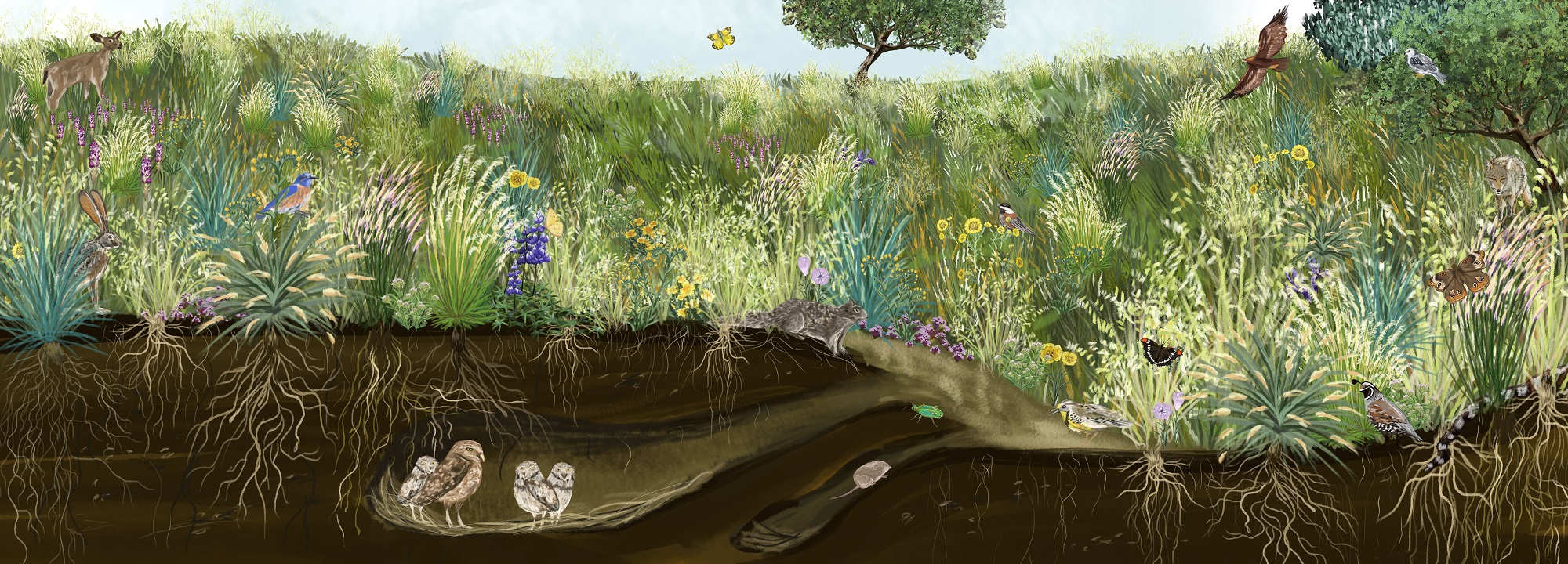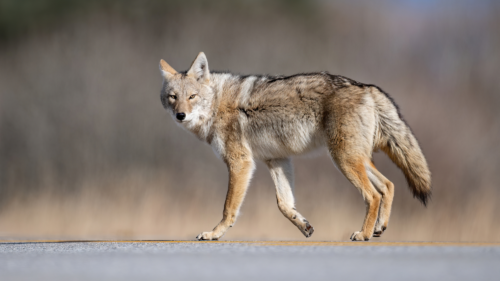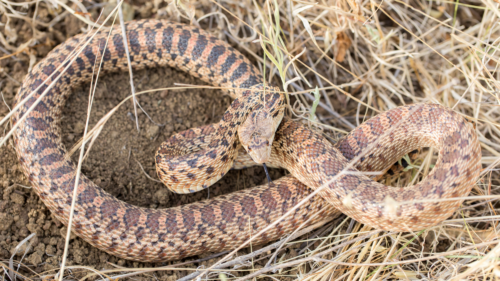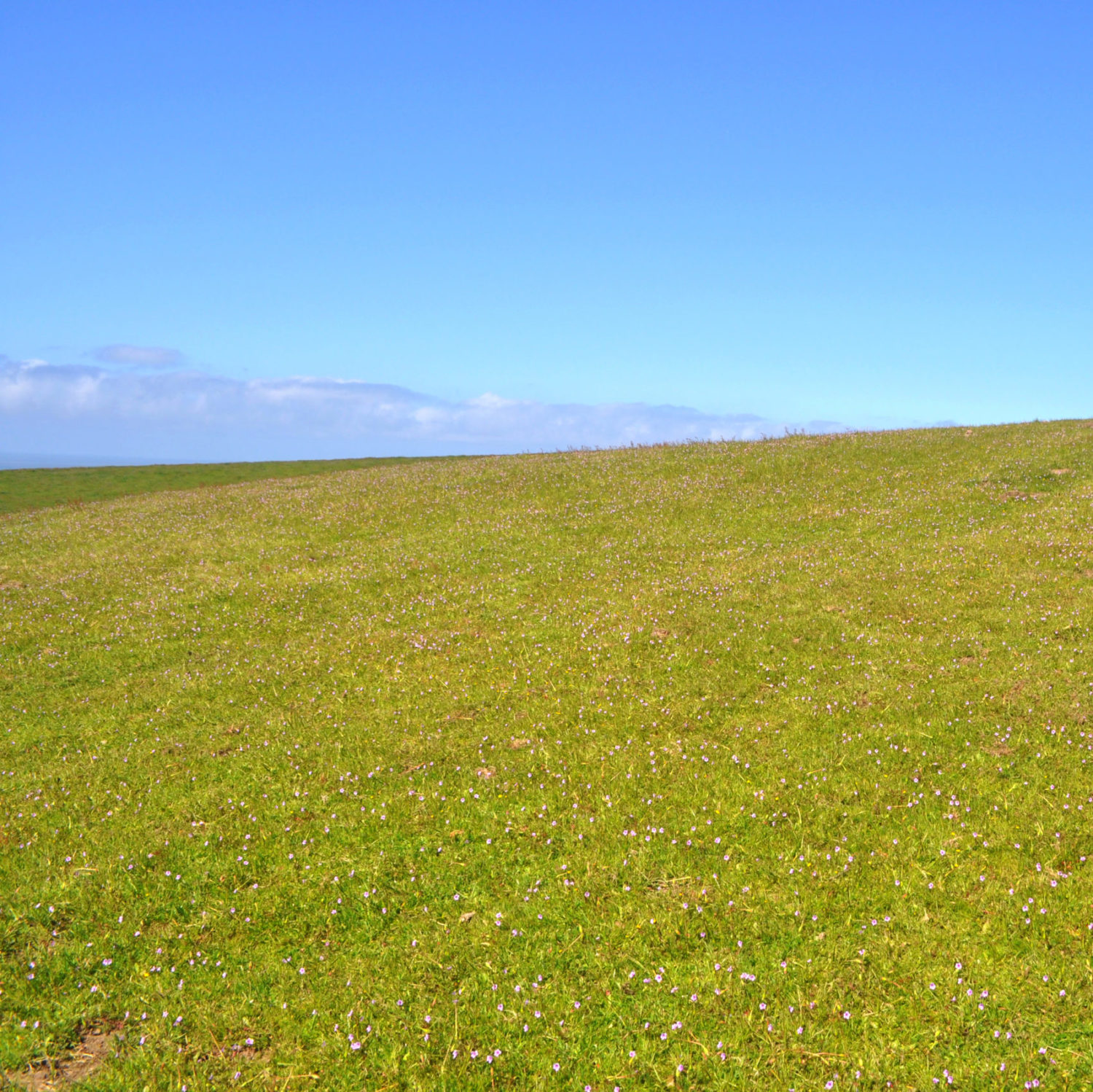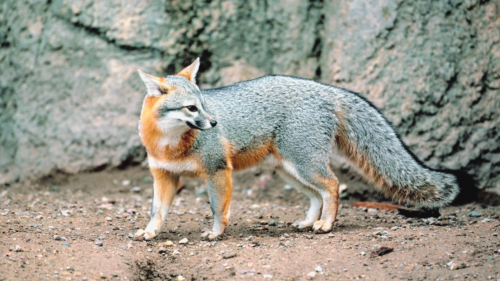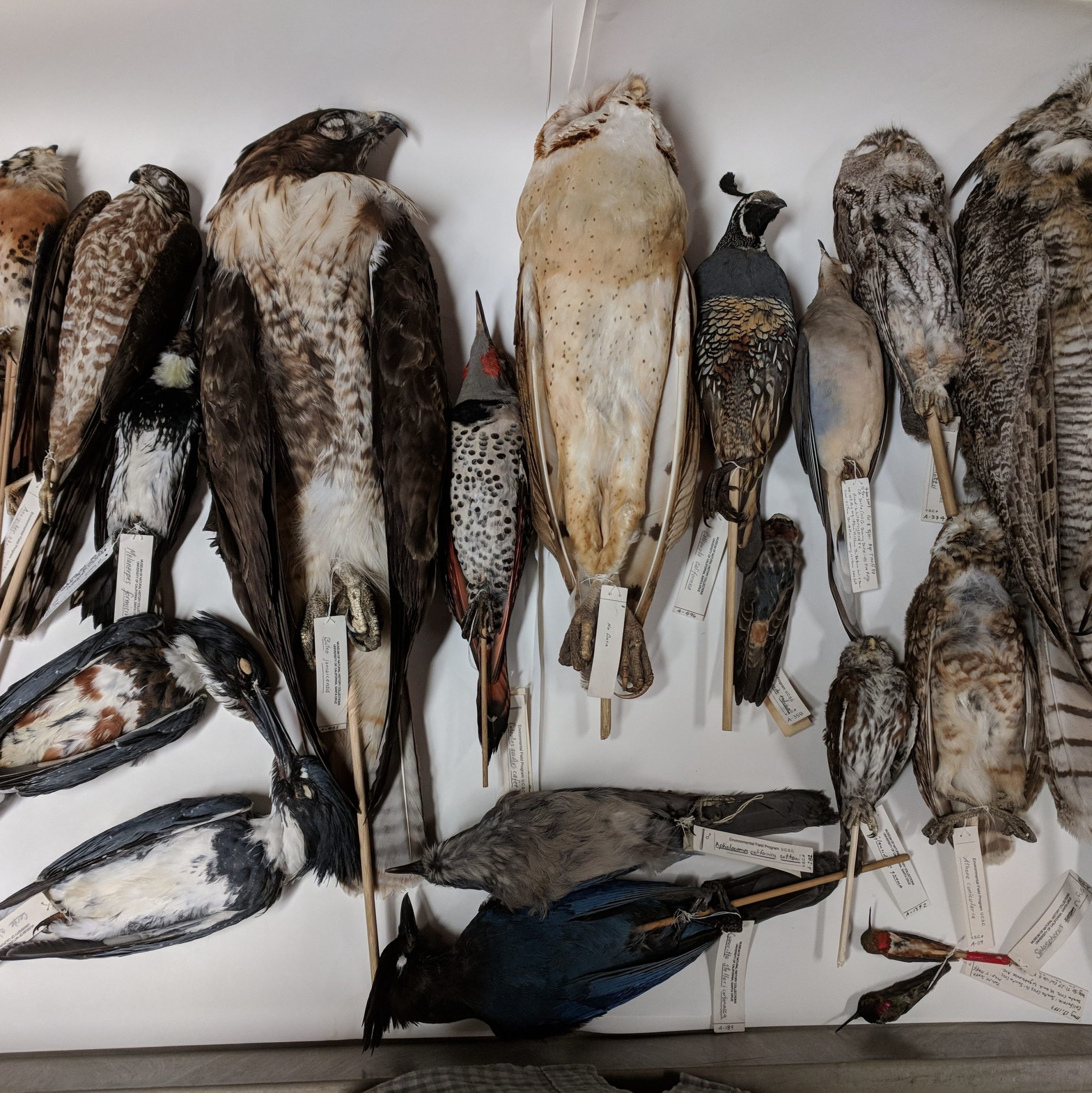The Xerces Society for Invertebrate Conservation is an international nonprofit organization that protects the natural world through the conservation of invertebrates and their habitats through scientific research. They focus on pollinator conservation, endangered species conservation, and reducing pesticide use and impacts.
For this talk, Maddy Kangas, Monarch Butterfly Conservation Planner with the Xerces Society, will share:
• The status of pollinators, including monarch butterflies, and need for conservation action
• Monarch biology and habitat requirements
• Land management practices to protect pollinators
• Examples of pollinator habitat projects
• How you can get involved (community science programs and more)
• Additional resources and Q&A
Resources
- Email Maddy at madeline.kangas@xerces.org
- Xerces Resources:
- Other resources: US Forest Service’s Pollinator Syndromes (plant traits organized by pollinator type)
- Calscape from CNPS (restoring nature one garden at a time)
- Calflora (information on wild California plants)
- Recording of our lecture with Stacy Philpott about Pollinators in Urban Community Gardens
- More upcoming events

About the Speaker
Maddy Kangas serves as a Monarch Butterfly Conservation Planner and NRCS Partner Biologist for the Central Coast of California as part of the Xerces Society, providing technical assistance on monarch conservation and habitat creation for producers, landowners, and land managers. Her previous work has included integrated pest and pollinator management, habitat restoration, and community outreach and education. Maddy completed her master’s degree in natural resources and environmental sciences at the University of Illinois, Urbana-Champaign, where she researched both native bee community composition and pest insect presence within agriculturally based pollinator habitat restorations.

